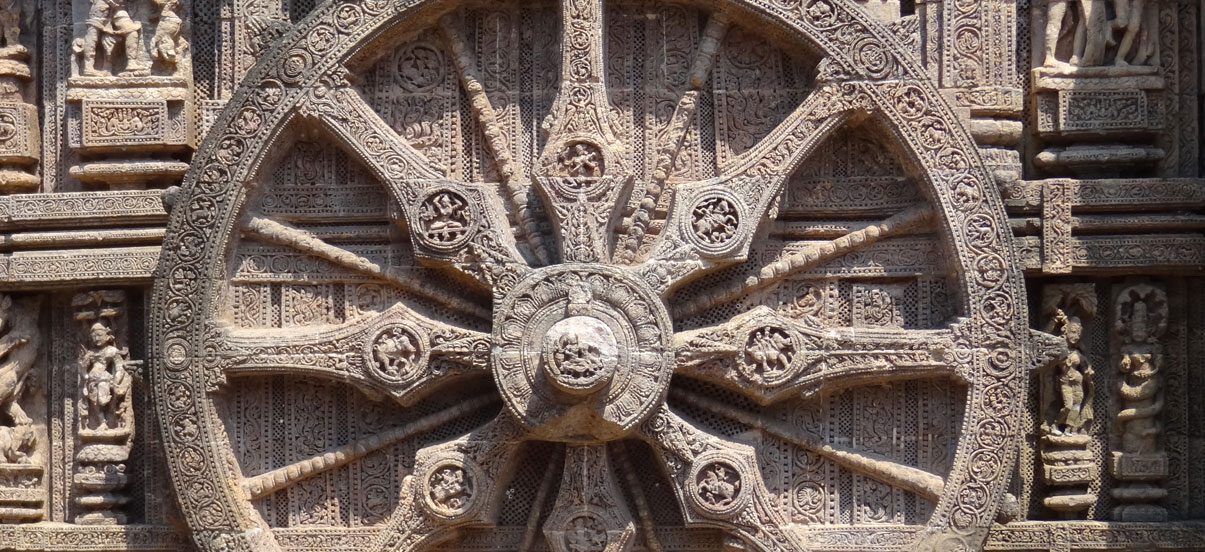Pandit Godabarish Mishra had taken birth in Srinibaspur sasan a place nearby Banapur of Puri district. His parents had decided after taking holy dip in the river Godavari during their “Godavari tirtha” that they would keep the name of their son Godabari.
After completing his primary education from his village school he passed his entrance from Puri District School in 1906 and joined in Revenshaw College. He used to take tuition to meet the college fees so that he can read in the college, as he was poor. He passed his BA in 1910 in Philosophy. He went to Kolkata to read MA and passed his MA in 1912 in Economics (arthaniti). Then he was teacher in Satyabadi School from 1913 to 1919. Then from 1919 to 1921 he was the headmaster of Chakradharpur High School in Singhbhumi district. His aim was to preserve Odia language in the district of Singhbhumi. He took part in the non-cooperation movement in 1921. In 1922 he returned to his village and was involved in establishing schools, small-scale industries(kutir shilpa), farm & cultivation and social welfare organisations. He was the Editor of “Samaj” for around two years in 1928 after the death of Gopabandhu. His political life began from 1924. He was inspired by Mahatma Gandhi & Gopabandhu and joined the congress. He was member of the ‘district board’ from 1924 to 1933. After Odisha got its independence he was the member of Odisha Vidhan Sabha from 1937 till his death excepting for five years break in the middle. Due to politics he was left alone in the Odisha congress and was not allowed to hold any proper post in the congress. When the congress ministry of Odisha was framed he was not included in the ministry. He became Vidhan Sabha member in 1952 as an independent candidate. He served in the Vidhan Sabha as an eminent administrator and member of the opposition party. He left ‘Congress’ in 1939 and joined the ‘Forward Block.’ He served as finance and education minister in the ministry of Maharaja of Parlakhemundi from 1941 to 1944. During his stay as minister in 1943 he played an important role in establishment of Utkal University, Cuttack Medical College, High court, Colleges at Puri, Balasore and Sambalpur.
He was associated with Utkal Samilani from 1919 to 1955. He was the President of Utkal Samilani special conference that was held at Berhampur in 1955. He was one of the “Panchasakha (five friends)” of Gopabandhu. He came across Pandit Gopabandhu while he was in hostel and was involved in welfare of the country. Although he belonged to a conservative Brahmin family he was socialist. He did not accept caste and creed. He took off his sacred thread and also used to keep moustache that was against the Brahmin caste. He was a high standard politician, pandit, educator, historian, poet, writer, editor and orator. His works include many essays, stories, drama, novels, poems, biographies, travel stories, general knowledge, translation, workbooks, jokes etc. His poem ‘Kalijai’, ‘Kishalaya’ electrifies the life of Odia. His poems have played an important role in creating awareness towards the nation and is heart touching. His drama ‘Purushottam Deb’, ‘Mukunda Deb’, ‘Ardha Shatabdi Ra Odisha O Tahin Re Mo Sthana’ is a immortal gift for the Odia literature. The “Kendriya Sahitya Academy” has awarded his autobiography. He was a master of all trades. He was also an efficient editor. He published a magazine “Lokamukha” from Banapur in 1924. He was also the editor of ‘Samaj’. He also used to write for the “Eastcoast” published by Shashibhusan Rath. He was awarded Doctorate from the Utkal University. He had three sons and daughters who were left alone after his death.
4











